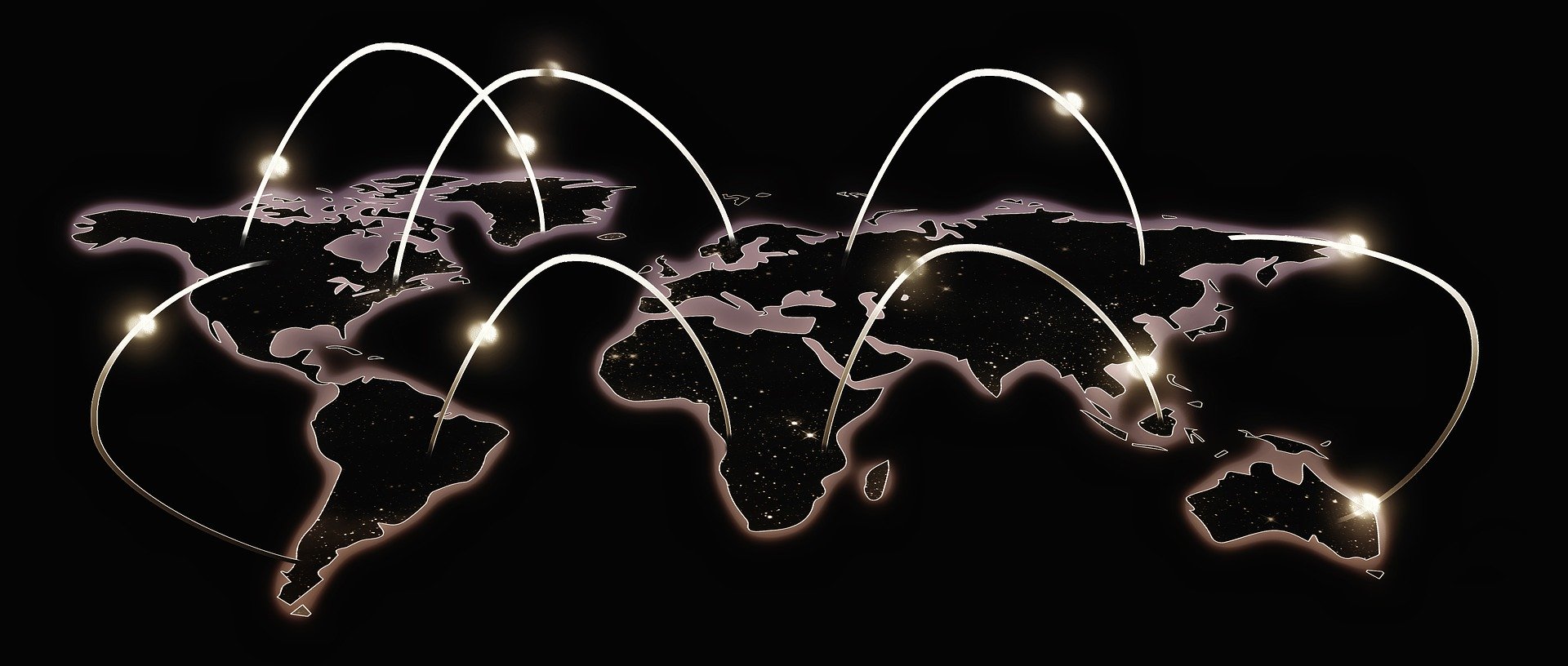As the digital world expands at such a rate, there isn’t enough local talent to fill the vacancies in IT companies. IT outsourcing is an increasing trend that hit $85.6 billion in 2018 and it is set to continue growing. In fact, approximately 52% of small businesses feel that they are happy to keep working with remote IT specialists in 2020. But what is changing in IT outsourcing destinations?
New DestinationsFor Outsourcing Software Development Projects
It’s a well-known fact that some companies will still tend to use countries like India and China for their outsourcing needs. However, numerous companies in America and Western Europe are starting to turn to Eastern Europe to solve their tech talent shortage.
We have seen a change recently fromcost-driven, those looking for lower rates, to cost-and-quality-driven. Whichis why Eastern European countries are gaining popularity over some of the Asiancountries, especially for smaller businesses.
Some of the fastest growing IT outsourcingcountries in Eastern Europe include Ukraine, Poland, and the Czech Republic.Companies can find high-level tech specialists for rates as low as $25-$50, farlower than what they would find locally.
IT Trends WeShould Look Out For In 2020
The way in which we are shopping has transformed our technology demands. AI, IoT, and Robotic Process Automation are encouraging online shopping due to the enhanced customer experience. A study from Statista estimates that globally, over 2.14 billion people will be buying goods and services online by 2021. Here are some of the trends we are going to see.
AI and Deep Learning
AI will be used to study consumer behaviourand buying habits, more so in e-commerce. These sites will be able to provide amore personalised service based on what the customer is interested in, andtherefore improving the customer experience.
Chatbots
Chatbots have come along leaps and bounds andin many cases, consumers are unaware that they are even communicating with amachine. A Gartner study showed that around 85% of people will buy goods andservices without having human contact. It won’t be just with making purchases,chatbots will be able to offer advice online too.
Robotic Process Automation
RPA will be used so that businesses can savemoney on operation costs. Logistics, payment processes and ERP management willbecome more automated.
Cybersecurity and Data Compliance
It’s not just the amount of cybercrime that has grown, it is now incredibly sophisticated, and social media has played a huge role. Approximately $630 million of personal data is stolen from social media sites per year. Not only fighting cybercrime will be a bigger trend, but we will see significant growth in cyber insurance, with the market reaching around $20 billion by 2022.
GDPR compliance has become another importantissue since it was introduced. The switch to becoming data compliant is acostly one, but not nearly as much as the fines incurred for breaching datacompliance.
The Move to Cloud Data Storage
When you look at the market for PaaS, SaaS,and IaaS, you can see an annual growth rate of 24$. The Global Cloud market isnow worth $180 billion and this could be as much as $411 billion in 2020.Quantum computing will be invested in by the tech giants like Google andMicrosoft, but we will also witness companies such as Alibaba testing theirquantum-computer generated theories in the real world.
The Immense Change 5G Will Bring
Both the speed of data exchanged and theamount of equipment connected to 5G is going to generate an estimated $47.4billion by 2027. Smart cities could become a reality thanks to the speed andpower of data exchange. 5G will also have an impact on AR/VR, automotive,telecom, and digital industries.

